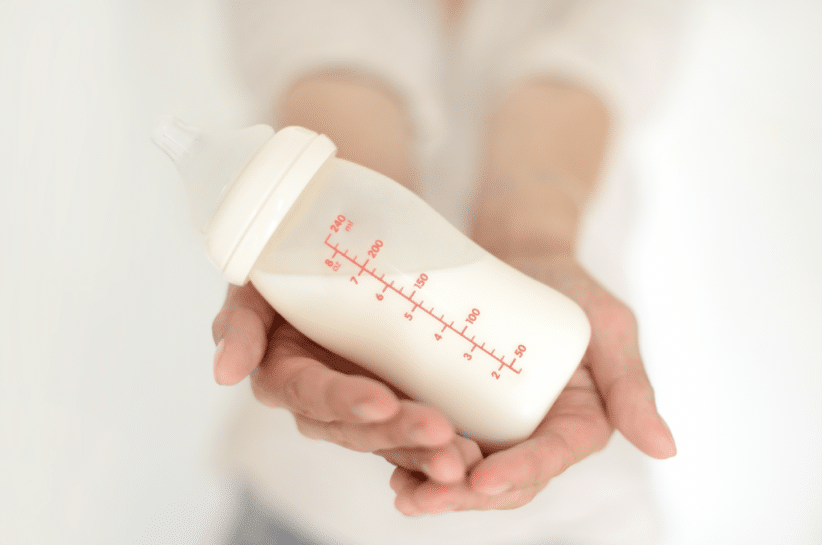When the school doors close for the summer, most students lose about two months of grade-level equivalency in mathematical computation skills during vacation, according to the National Summer Learning Association. To help keep your children’s math skills sharp, we are giving you a list of activities this month that will give them ongoing opportunities to practice these skills.
Math drill activities
If your children in elementary school and even middle school cannot answer basic fact problems in less than three seconds, some drill is in order. These facts, especially addition and multiplication, must be automatic for children in order for them to handle more advanced math easily. So this is your starting point for a summer of building math skills.
Drilling activities can be done using flash cards, worksheets, computers and apps. You’ll find a wealth of free materials as well as suggestions using a search engine to find “math drills.” Visit several websites with your children and bookmark the most appealing ones. Search on our website (dearteacher.com) for “math drills” and you’ll find several columns pointing out different ways to teach children basic math facts.
If your children are truly struggling to learn the basic facts, you may wish to enroll them in a learning center, especially one that stresses the teaching of math.
Beyond drill
Drill, even on the computer and other electronic devices, can be boring after a while. When this happens, both children with weak basic math skills and those who just need to keep their skills sharp should have fun playing math games that reinforce the learning of basic facts. Search online for “math games” and bookmark the ones your children like best. You’ll also find suggestions on our website under “Learning Activities.”
Math activities should not be confined to drill. Games like Monopoly, Dominoes and Twenty-one are great for older children, while much younger children can enjoy Uno, Go Fish and Bingo for number recognition. In fact, any game involving numbers and scorekeeping has children using their math skills.
Mental math is fun
Doing mental math is an excellent way for children to show off their skills with numbers and to build new skills. “Secrets of Mental Math” is a great book for older children wanting to learn amazing math tricks — such as finding out the day for any date, from their birthday to the Declaration of Independence.
Easy mental math multiplication
All children know how to multiply by 10. Teach them that it’s also easy to multiply by 5. All they have to do is multiply by 10 and then divide by 2. Then, to multiply a number by 25, they need to multiply by 100, which is adding 2 zeros to the end of the number being multiplied. Then to get the answer, they can either divide by 4 once or by 2 twice. Visit our website to find more easy mental math tricks in “Skill Builders.”
More challenging mental math
Here’s how to multiply a two-digit number by 11. Example, 11 X 24: Add the digits of 24 together and you get 6. Place the 6 between the 2 and 4 to get the answer 264. If the digits of the number to be multiplied by 11 add up to more than 9, there is another step you must take. Example, 11 X 75: Add the digits of 75 together and you get 12. Put the 2 between the numbers after adding the 1 to the first digit (7 + 1). The answer is 825.
Silly and challenging math puzzles
Math puzzles can be fun. The following puzzles may be a bit silly, but they will challenge your children. The answers are at the end of the column.
1. How can you make half of 12 equal to 7?
2. In the schoolyard, there are 16 bicycles and tricycles. The total number of wheels is 39. How many tricycles are there?
3. How many 9s are there between 1 and 100?
4. Use mathematical terms to answer these questions: What did Noah build? What do you say when a parrot is dead?
5. The number 8,549,176,320 is like no other. Why is that?
Perimeter and area
The perimeter (distance around an object) can be very simple to find, or can require quite advanced math concepts. Have your young children find the distance around a variety of things in your home: a door mat, a towel, the backyard, or a table top. Your question always is: How far is it around the object? Then, depending on their ages, children can measure using blocks, paper clips, steps, a finger, or a measuring tool.
Area is the surface inside a shape. Young children can find the area of a newspaper or table top by finding out how many sponges or playing cards are needed to completely cover the object. Older children should find the area of irregular figures by dividing them into squares and triangles and finding the area of each one and then adding the areas together.
Answers to puzzles: (1) Write 12 as a Roman numeral, and draw a horizontal line through the middle. (2) 7 tricycles. (3) 20 (two 9s in 99). (4) arc, polygon. (5) It’s the only number having all of its digits in alphabetical order.
Parents should send questions and comments to [email protected] or ask them on the columnists’ website at www.dearteacher.com.
© Compass Syndicate Corporation, 2012
Distributed by King Features Syndicate





















